Toyota RAV4 (XA40) 2013-2018 Owners Manual: Checking and replacing fuses
If any of the electrical components do not operate, a fuse may have blown. If this happens, check and replace the fuses as necessary.
- Vehicles without a smart key system:
turn the engine switch to the “lock” position.
Vehicles with a smart key system: turn the engine switch off.
- After a system failure, see “fuse layout and amperage ratings” for details about which fuse to check.
- Open the fuse box cover or instrument panel.
- Engine compartment
Push the tabs in and lift the cover off.
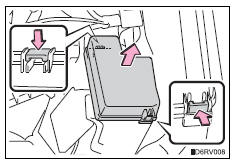
Under the instrument panel
Remove the cover.
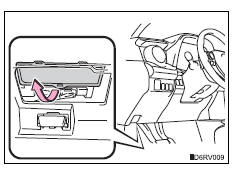
behind the instrument panel
Remove the instrument panel.
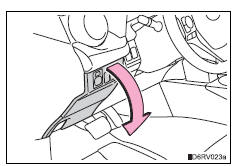
- Remove the fuse with the pullout tool.
Only type a fuse can be removed using the pullout tool.
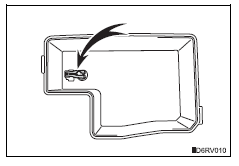
- Check if the fuse is blown.
- Normal fuse
- Blown fuse
Type a and b: replace the blown fuse with a new fuse of an appropriate amperage rating.
The amperage rating can be found on the fuse box lid.
Type c and d: contact your toyota dealer.

Fuse layout and amperage ratings
Engine compartment
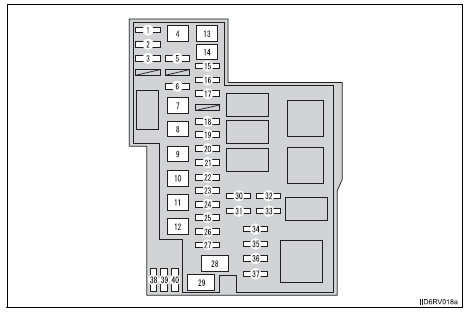
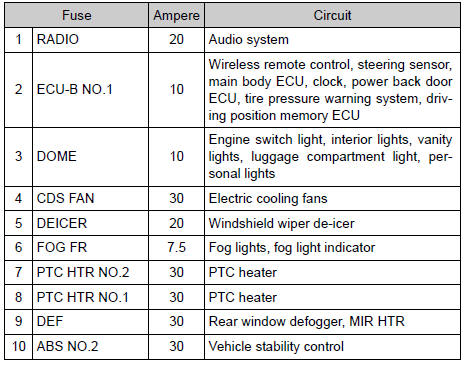
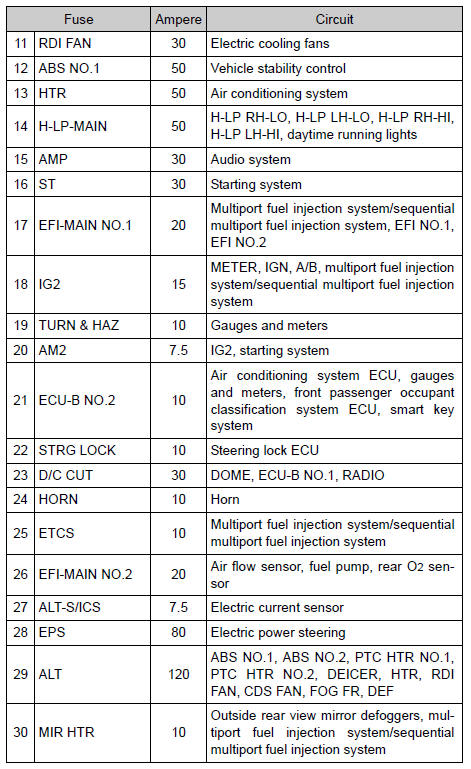
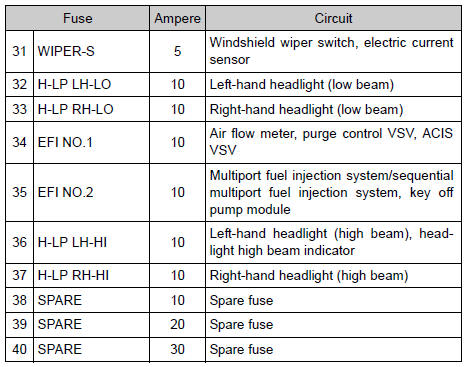
Under the instrument panel
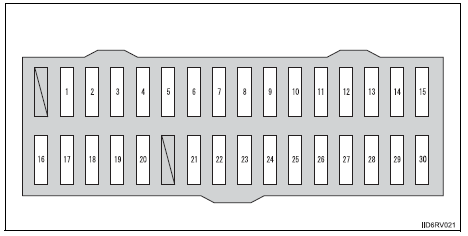
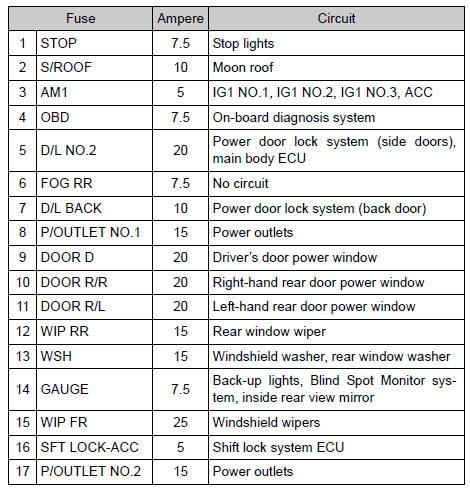
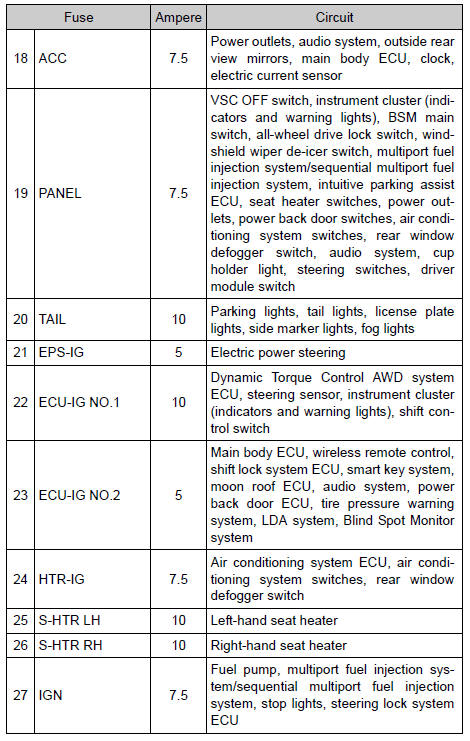
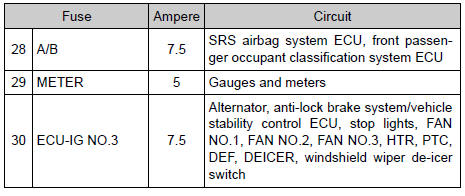
Behind the instrument panel


After a fuse is replaced
- If the lights do not turn on even after the fuse has been replaced, a bulb may need replacement.
- If the replaced fuse blows again, have the vehicle inspected by your toyota dealer.
If there is an overload in a circuit
The fuses are designed to blow, protecting the wiring harness from damage.
Caution
To prevent system breakdowns and vehicle fire
Observe the following precautions.
Failure to do so may cause damage to the vehicle, and possibly a fire or injury.
- Never use a fuse of a higher amperage rating than that indicated, or use any other object in place of a fuse.
- Always use a genuine toyota fuse or equivalent.
Never replace a fuse with a wire, even as a temporary fix.
- Do not modify the fuses or fuse boxes.
Notice
Before replacing fuses
Have the cause of electrical overload determined and repaired by your toyota dealer as soon as possible.
 Wireless remote
control/electronic
key battery
Wireless remote
control/electronic
key battery
Replace the battery with a new one if it is depleted.
You will need the following items:
Flathead screwdriver
Small flathead screwdriver
Lithium battery cr2016 (vehicles without a smart key s ...
 Light bulbs
Light bulbs
You may replace the following bulbs by yourself. The difficulty
level of replacement varies depending on the bulb. If necessary
bulb replacement seems difficult to perform, contact your
toyota deal ...
Other materials:
Replacement
Replace timing chain cover oil seal
Hint:
There are 2 methods to replace the oil seal.
If the timing chain cover is removed from the
cylinder block:
Using a screwdriver and hammer, tap out the
oil seal.
Apply multi-purpose grease to the lip of a new
oil seal.
Notice:
...
Removal
Disconnect cable from negative battery
terminal
Caution:
Wait at least 90 seconds after disconnecting the
cable from the negative (-) battery terminal to
prevent airbag and seat belt pretensioner activation.
Remove generator assembly
Remove the generator assembly from the vehicl ...
Solar sensor circuit (passenger side)
Description
The solar sensor, which is installed on the upper side of the instrument
panel, detects sunlight and
controls the air conditioning auto mode. The output voltage from the solar
sensor varies in accordance
with the amount of sunlight. When the sunlight increases, the output volt ...
